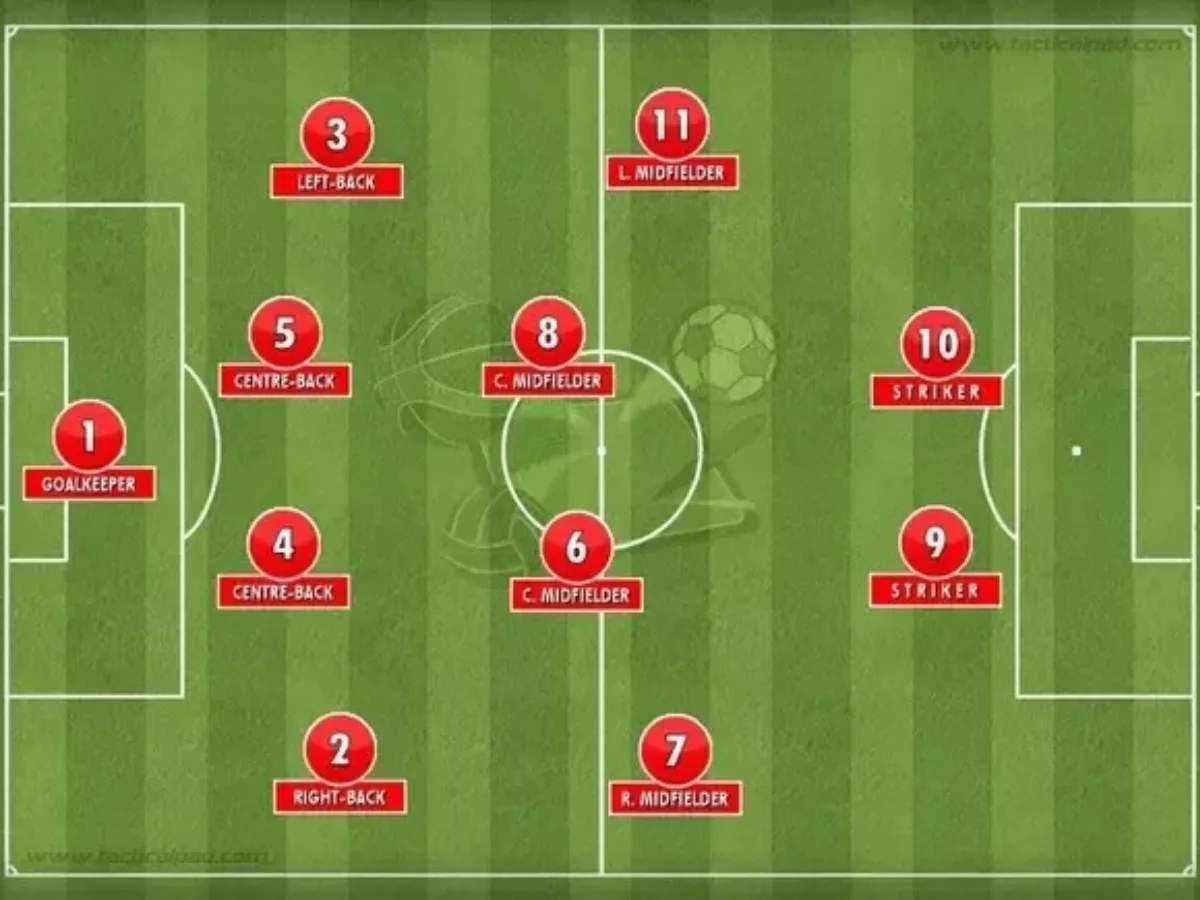Introduction
Soccer is a dynamic sport that requires a variety of skills, from dribbling and passing to shooting and defending. However, one aspect of soccer that often goes unnoticed is the physical demands placed on different positions. In this article, we will explore the question: “What position in soccer runs the least besides the goalkeeper?” To answer this, we’ll delve into the intricacies of various soccer positions, their roles on the field, and the physical demands associated with each.
Understanding Soccer Positions
Before we can identify the position that runs the least, it’s essential to understand the different roles on a soccer team. Soccer positions are typically divided into four categories: goalkeepers, defenders, midfielders, and forwards. Each category has distinct responsibilities and physical demands.
The Goalkeeper: The Position that Runs the Least
The goalkeeper stands out as the position that runs the least in soccer. Goalkeepers are responsible for guarding the net, which primarily involves staying within the penalty box. Their movements are relatively limited compared to other players, and they rely more on quick reactions and agility.
Defensive Players and Their Workload
Defenders play a crucial role in protecting their team’s goal. They do require running, but their primary focus is on positioning, intercepting passes, and tackling opponents. While they cover some ground, their running is typically less intensive than that of midfielders or forwards.
Midfielders: The Engine of the Team
Midfielders are often considered the engine of a soccer team. They have both offensive and defensive responsibilities, requiring them to cover a substantial area of the field. Their running is more consistent and involves both short sprints and long-distance endurance.
Forwards and Their Running Duties
Forwards are responsible for scoring goals. They need to make well-timed runs to get into goal-scoring positions. This requires bursts of sprinting, which can be physically demanding, but they also get opportunities to rest between attacks.
Strategies to Reduce Running for Forwards
Coaches often implement strategies to reduce running for forwards. They may instruct forwards to conserve energy by staying closer to the opponent’s goal or by using specific tactics to maintain a good scoring position without excessive running.
The Role of Wingers
Wingers are an integral part of a soccer team, especially when it comes to offensive play. They need to make runs down the flanks, delivering crosses or cutting inside to create goal-scoring opportunities. While they run more than forwards, their running is still less intense than that of midfielders.
The Importance of Positioning
Positioning is a critical aspect of soccer, and players across all positions need to excel at it. Proper positioning can reduce the need for excessive running and enable players to make more efficient use of their energy.
Fitness Requirements for Different Positions
Different positions have varying fitness requirements. Goalkeepers focus more on agility and reaction time, while midfielders need endurance and agility. Defenders require strength and speed, and forwards need sprinting abilities.
Goalkeeper-Specific Training
Goalkeepers often engage in position-specific training to enhance their skills. This training includes agility drills, reflex exercises, and ball-handling techniques.
The Defensive Line and Their Responsibilities
Defenders work as a unit, with specific roles within the defensive line. They collaborate to prevent opponents from getting near the goal, emphasizing communication and positioning.
Midfielders’ Dual Role
Midfielders play a dual role in soccer, linking the defense and attack. They need to balance their running between supporting the offense and helping the defense.
Forwards’ Sprinting vs. Endurance
Forwards need to combine sprinting ability with endurance. They must make quick runs to create goal-scoring opportunities and maintain their fitness throughout the game.
Conclusion
In conclusion, the position in soccer that runs the least besides the goalkeeper is typically the forward. While they do engage in bursts of sprinting, they also have moments of rest between attacks. However, it’s important to note that the physical demands of soccer positions vary, and the teamwork and positioning of the entire team play a crucial role in the game’s outcome.
FAQs
- Do goalkeepers run at all during a soccer match?
Goalkeepers do run but to a significantly lesser extent compared to other players. Their movements are usually confined to the penalty box. - Which position runs the most in soccer?
Midfielders often cover the most ground during a soccer game due to their dual role in both offense and defense. - How can forwards conserve energy during a match?
Forwards can conserve energy by using smart positioning, making well-timed runs, and following the coach’s tactical instructions. - Do wingers run more than forwards?
Wingers tend to run more than traditional forwards because they need to cover the flanks and create scoring opportunities. - What skills do goalkeepers focus on in their training?
Goalkeepers focus on agility, reflexes, and ball-handling skills in their position-specific training.
Read More: https://lookupin.co.uk/
More Related:
Trimming Council Trees Overhanging Your Property: Your Rights and Responsibilities
Who Is Responsible When a Neighbor’s Tree Falls in Your Yard
Neighbors Tree Roots Damaging My Property QLD
The Best Cheese Curds for Poutine in the UK
Where Can I Sell My Used Garmin Watch?
Trade in Garmin Watch for Apple Watch: A Comprehensive Guide
